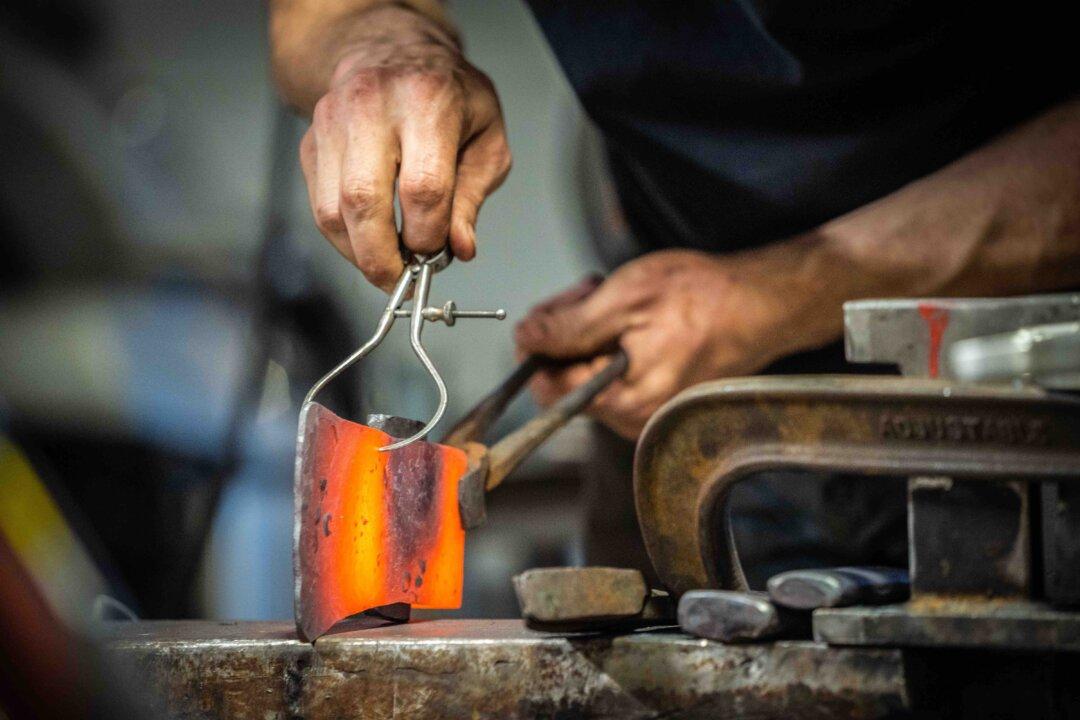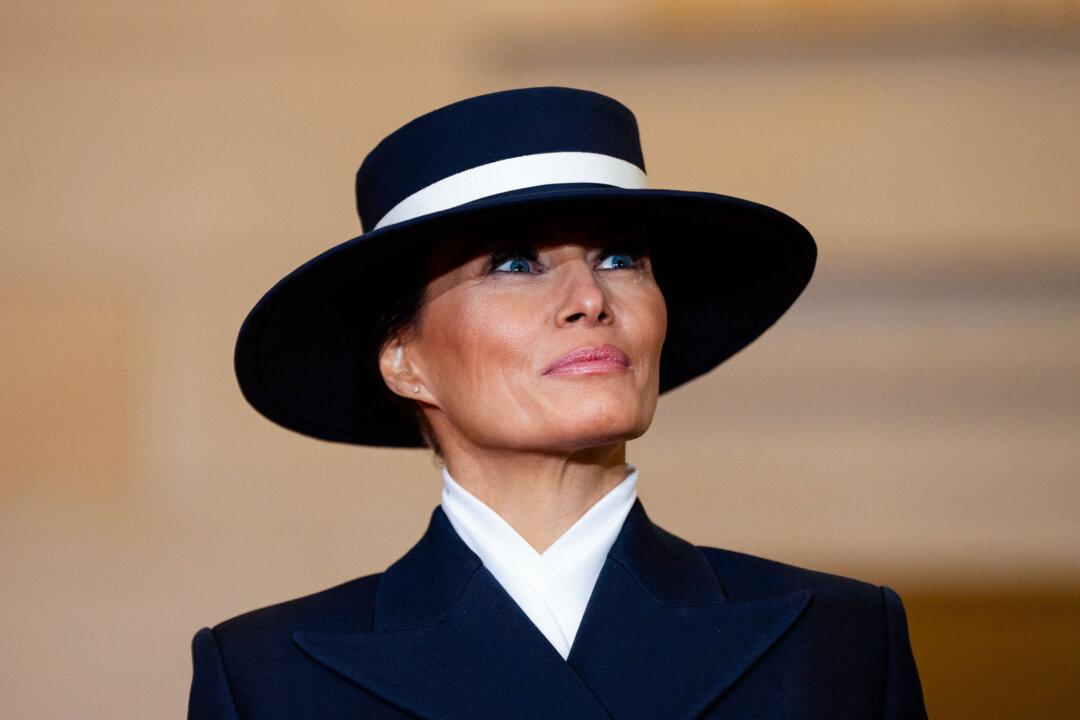Brendon Grimshaw, a former newspaper editor who was tired of the rat race, traded his success for doing something completely different and bought an island, dedicating the rest of his life to restoring its ecological habitat. Refusing a $50 million offer to sell the island, his wish was to make the piece of land accessible to all and not just wealthy millionaires. Now, this precious Seychelles location has turned into the world’s smallest national park.
“The Brendon Grimshaw story is very beautiful,” filmmaker Joseph Johnson Camí told The Epoch Times. “It should be shared at this moment, I think, because in the world right now we need some optimism.”






